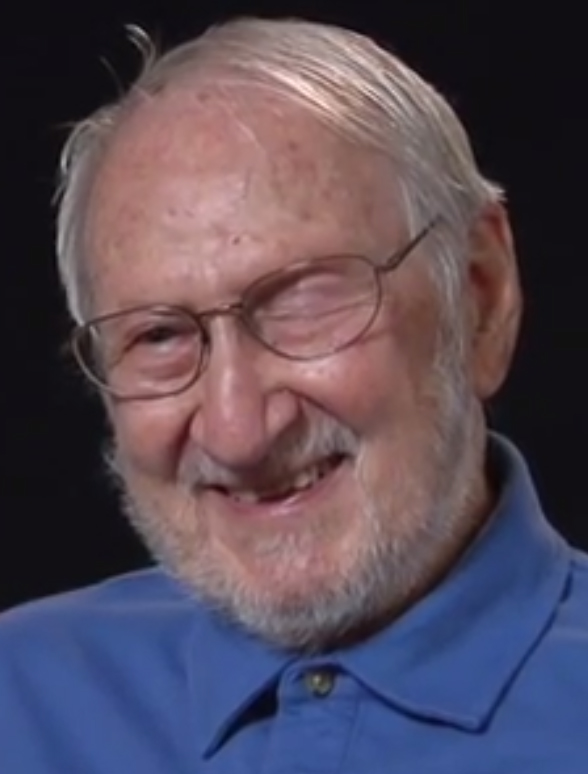Haskell Sheinberg arrived at Los Alamos in late 1944 as part of the Special Engineer Detachment. Sheinberg’s first assignment was to purify plutonium under the direction of Arthur Wahl, one of the co-discoverers of plutonium.
At Los Alamos, he worked in powder metallurgy, ceramics, and particle technology. Besides working with plutonium, Sheinberg also worked in powder form with a number of periodic elements. In his interview on the Voices of the Manhattan Project website, he explained that not a lot of information was known about “how to process these materials from powder since it’s a solid form,” so the work was “interesting, challenging and stimulating.”
While at Los Alamos, he attended several of J. Robert Oppenheimer’s colloquia regarding the overall progress of the Manhattan Project. While Sheinberg never got the chance to meet Oppenheimer personally, he noted that Oppenheimer was the person who “really inspired all of them to interact with everybody else that they needed to do their job better.”
He also met his future wife, Beatrice Freeman, who worked in the Women’s Auxiliary Corps and received a commendation from Oppenheimer for her technical work, at one of the dances at the Los Alamos recreation hall.
Early Years
Haskell Sheinberg was born on December 12, 1919 in Houston, Texas. As a first generation college student, he studied chemical engineering at Rice University. After graduating in 1941, he became a Progress Engineer for the Navy supervising shipbuilding.
In his interview on the Voices of the Manhattan Project website, Sheinberg recalled his choice to work for the Navy. He explained that at the time, it was difficult for Jewish people like himself to get jobs, and the armed forces were a good alternative because “there was no discrimination allowed in federal contracts.”
After World War II began, Sheinberg decided to leave the Navy for the Army. His brother had already been drafted and he desired to ‘go where there’s action.’ After basic infantry training, Sheinberg was sent to Oak Ridge and then Los Alamos in late 1944.
Later Years
In 1946, Sheinberg was discharged from the Army. He went to New York and reunited with Beatrice. In his interview, he shared that he proposed to her after watching the St. Patrick’s Day Parade on March 17. They married in October of the same year.
He returned to New Mexico to work at the Los Alamos National Laboratory (LANL), where he had a long and storied career. Sheinberg was a creative engineer, who held twenty-six domestic and foreign patents.
One of his group’s projects was the construction of hydrogen bomb components for the Bravo test. Next to fathering two sons, he regarded his most important achievement as developing nuclear rocket propulsion engines for a non-weapons program called Rover.
In 2005, he had a conference room at LANL named in his honor.
Sheinberg passed away on May 31, 2017 in Santa Fe, New Mexico.





